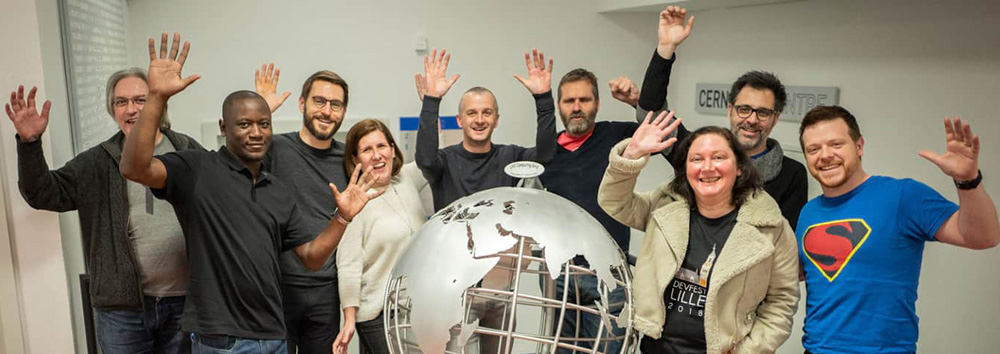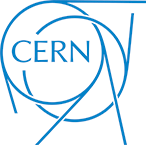An old NeXT Computer from the early ’90s, borrowed from a group of computer enthusiasts in Lausanne, sits in a corner, its screen showing a black-and-white command prompt on the old NeXTstep operating system. Programmers and developers from around the world gather around an oblong table with their computers, having animated conversations about “anti-aliased fonts” and “browser binaries”. Next door, a gigantic room houses the CERN Data Centre’s servers, where all of the Laboratory’s computing is done, as well as where the data from the Large Hadron Collider’s experiments are stored. The same room also hosted CERN’s first Internet connection in 1989 and today hosts the CERN Internet eXchange Point (CIXP). The developers are here to recreate the first Web browser, which was built at CERN in 1990 by Sir Tim Berners-Lee to browse pages on the Web, also his invention.
You are presumably reading this article in a browser, which shows content in HyperText Markup Language or HTML, on a mobile or desktop operating system. Sir Tim’s original browser, initially called WorldWideWeb itself and later rebranded “Nexus”, could only run on the NeXT Computer on which he wrote his code. But this team of developers are now aiming to run the WorldWideWeb browser on today’s operating systems by building on the capabilities of the Web itself! They are doing this by emulating the original browser within a modern browser using the popular JavaScript programming language, allowing you to indulge in the early-Web experience without needing to get your hands on an archaic NeXT Computer yourself.
About CERN
Founded in 1954, CERN is the European laboratory for particle physics. Sitting astride the Franco-Swiss border near Geneva, it was one of Europe’s first joint ventures and now has 22 member states. CERN operates a unique range of particle accelerators that enable research into the fundamental particles and laws of the Universe, including the Large Hadron Collider (LHC), the largest scientific instrument on Earth. The 60-year history of CERN is marked with impressive achievements in the construction and operation of powerful linear and circular accelerators. Moreover, CERN offers unique infrastructures for the development of the most sensitive particle detectors in the world, including the four main LHC detectors – ATLAS, CMS, ALICE and LHCb. General-purpose test beam lines provide beams of electrons, muons and hadrons in a very wide energy range for testing the detectors used in the LHC and in its major upgrade, the High-Luminosity LHC, as well as in future colliders and in neutrino experiments.



